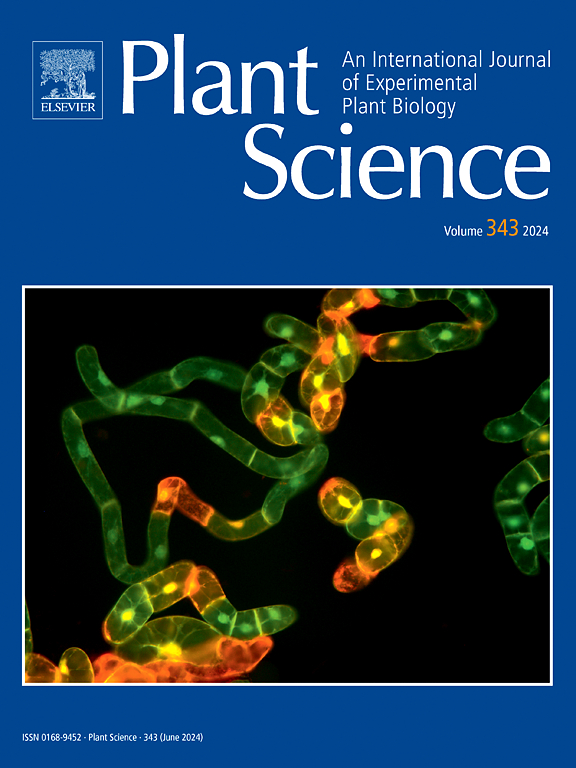Development of efficient and scalable regeneration tissue culture method for Cannabis sativa
IF 4.2
2区 生物学
Q2 BIOCHEMISTRY & MOLECULAR BIOLOGY
引用次数: 0
Abstract
Large scale production of uniform disease-free plants is crucial for Cannabis sativa biotechnology. Existing micropropagation protocols rely heavily on shoot multiplication from existing meristems via direct organogenesis. Such protocols do not allow multiplication of plant material through continuous sub-culturing. Protocols that use indirect regeneration are usually not efficient enough and have very low multiplication rates. In the present study, an efficient protocol that uses a combination of direct organogenesis and callogenesis to induce multiple shoot development cultures is developed. Callogenesis was induced from various explants cultured on the media having various combinations of thidiazuron (TDZ) and naphthaleneacetic acid (NAA); best callogenesis and shoot regeneration was achieved from hypocotyl explants cultured on TDZ 0.4 mg l−1 NAA 0.2 mg l−1. Hypocotyls with cotyledonary node and shoot apical meristem were significantly better for shoot regeneration than explants without it. Shoots obtained from multiple shoot cultures were successfully rooted and then acclimatized under greenhouse conditions to develop into adult cannabis plants.
开发高效、可扩展的大麻再生组织培养方法。
大规模生产统一的无病植株对大麻生物技术至关重要。现有的微繁殖方案在很大程度上依赖于通过直接器官发生从现有的分生组织中进行芽繁殖。这些方案不允许通过连续的亚培养来繁殖植物材料。使用间接再生的方案通常效率不高,繁殖率很低。本研究开发了一种有效的方案,结合使用直接器官发生和胼胝发生来诱导多芽发育培养。在噻虫隆(TDZ)和萘乙酸(NAA)不同组合的培养基上培养的各种外植体都诱导了胼胝发生;在 TDZ 0.4mgl-1 NAA 0.2mgl-1 培养基上培养的下胚轴外植体获得了最佳的胼胝发生和芽再生效果。有子叶节和嫩枝顶端分生组织的下胚轴的嫩枝再生能力明显优于没有子叶节和嫩枝顶端分生组织的下胚轴外植体。多芽培养获得的嫩枝可成功生根,然后在温室条件下适应环境,发育成成年大麻植株。
本文章由计算机程序翻译,如有差异,请以英文原文为准。
求助全文
约1分钟内获得全文
求助全文
来源期刊

Plant Science
生物-生化与分子生物学
CiteScore
9.10
自引率
1.90%
发文量
322
审稿时长
33 days
期刊介绍:
Plant Science will publish in the minimum of time, research manuscripts as well as commissioned reviews and commentaries recommended by its referees in all areas of experimental plant biology with emphasis in the broad areas of genomics, proteomics, biochemistry (including enzymology), physiology, cell biology, development, genetics, functional plant breeding, systems biology and the interaction of plants with the environment.
Manuscripts for full consideration should be written concisely and essentially as a final report. The main criterion for publication is that the manuscript must contain original and significant insights that lead to a better understanding of fundamental plant biology. Papers centering on plant cell culture should be of interest to a wide audience and methods employed result in a substantial improvement over existing established techniques and approaches. Methods papers are welcome only when the technique(s) described is novel or provides a major advancement of established protocols.
 求助内容:
求助内容: 应助结果提醒方式:
应助结果提醒方式:


